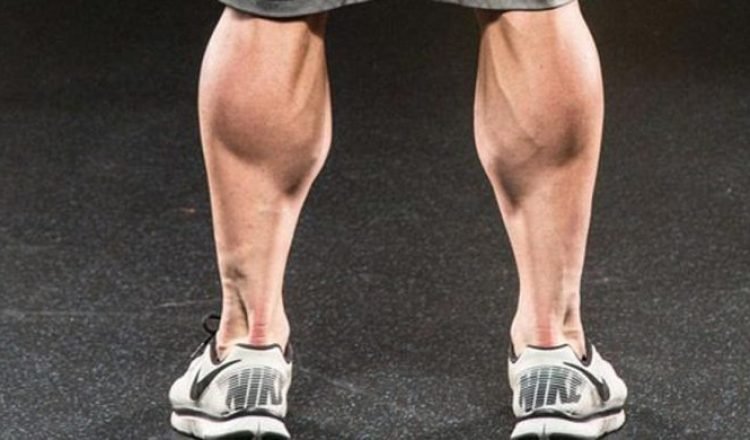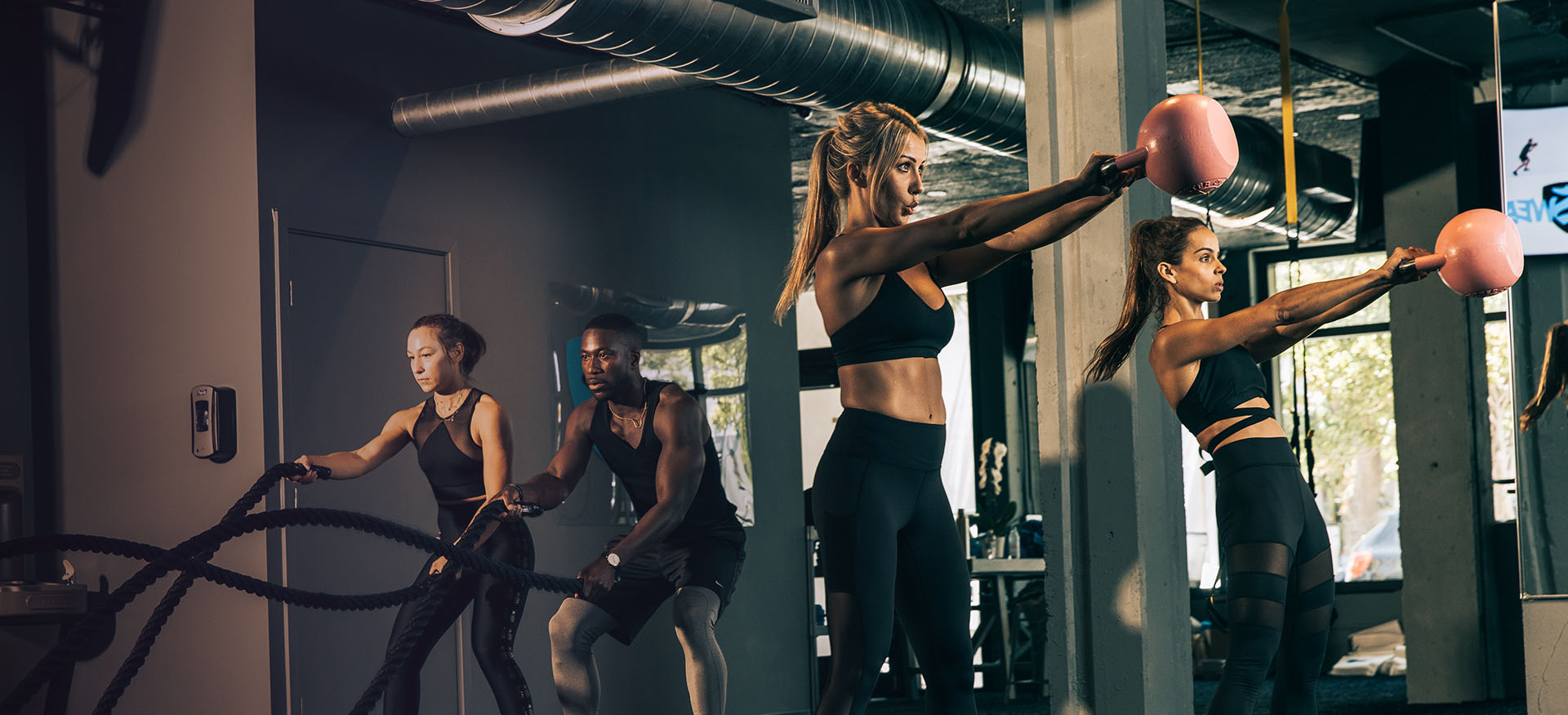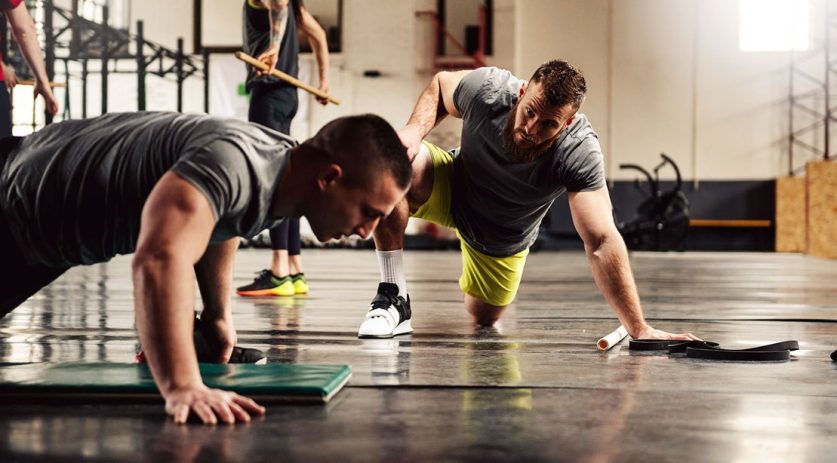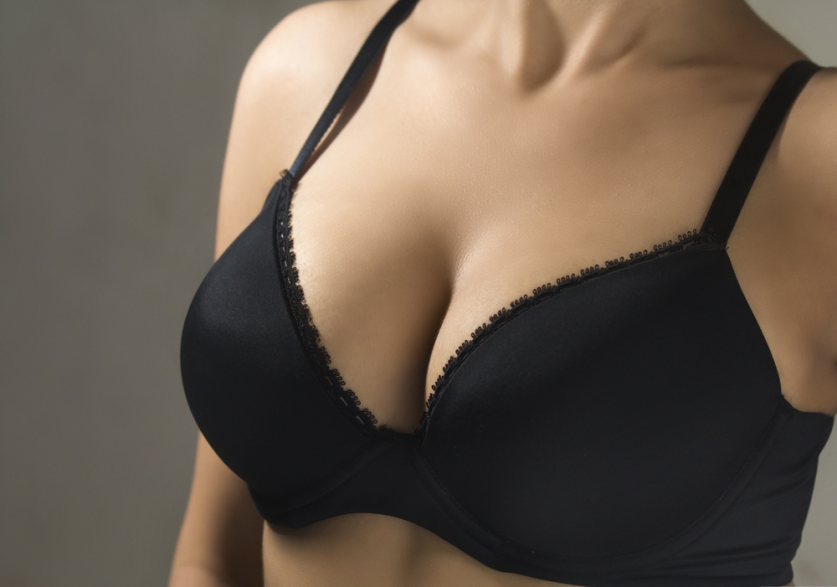The Best Way to Perform a Smith Machine Calf Raise
To most people, the word Smith machine brings to mind the bulky metal contraption in the corner of the gym that nobody ever uses. However, this isn’t always true—there are ways to use this piece of equipment effectively and safely, especially if you’re working out your calves. The key to using the Smith machine correctly is knowing how to position yourself on it properly, which we will explain in detail below. Here are some tips for performing a calf raise on the Smith machine in the most effective way possible!
Stretch Before Doing Calf Raises
Make sure you do an ample amount of stretching before getting on a calf raise machine, because doing so will help you keep your balance and achieve good form. Make sure your quadriceps and calves are warm, which will make it easier for you to keep from bouncing up and down. Finally, stand with your legs shoulder-width apart, which allows you to distribute weight evenly over your whole body. To use a standing calf raise machine: Stand with feet hip-width apart in front of a standing calf raise machine. Grasp handles with arms extended straight down toward floor. Allow toes to remain pointing forward; then bend knees as far as possible without going into an excessively deep squat.
Place Feet Farther From the Machine
The traditional standing calf raise machine at your gym has two ropes you grab on each side, typically with your feet slightly closer than hip-width apart. This puts tension on both sides of your lower body and creates muscle imbalances that can throw off your posture and back alignment (not good if you have bad posture or back pain). To avoid these issues, place your feet about 10 inches away from each other instead of just under hip-width. The result is a more balanced workout for both legs, as well as added activation in your glutes—which many people never activate when performing calf raises. Just be sure not to put too much weight on because it will put unnecessary stress on your knees and hips.
Get Under the Bar Quickly
Smith machine calf raises have one big advantage over standing calf raises: there’s no setup involved. All you need is enough space in front of your machine and you’re ready to go. Just place your shoulder blades on top of the padded rest, then place your heels under it, too (on top of another set of pads). Once you’ve locked your legs into place, lift until your knees are straight. You’ll need less weight for smith machine calf raises than for standing ones; after all, you’re holding onto an immobile bar rather than lifting free weights from a deficit position. That said, don’t be too hasty with how much weight you load up here—it’s best not to sacrifice form for more weight or else risk injury.
Do Partial Reps
To perform a partial calf raise, stand on either side of a calf machine with your toes facing away from it. Load up any weight you like onto each side of the machine, rest your heels on top of it, and grab onto something secure (such as an overhead bar) for support. It should look like you’re standing on two A-frame structures that are joined at both ends by weights. The bottom foot position for partial raises is toes about six inches off the ground, but if you have poor mobility or extra weight in your back pockets, place them closer to where they need to be so that you can avoid straining yourself as much.
Use Plates Larger Than Needed
If you’re new to calf raises, it’s OK to start with plates smaller than what you’d usually put on your back—in fact, it’s recommended. Using too much weight too soon is one of the main reasons people tear their calves. Start by placing 10-pound plates under each side of your hips. As you get stronger and gain confidence, aim for three sets of 15 reps with 75 pounds or two sets of 20 reps with 45 pounds, says Wescott. If your workout calls for standing on an elevated platform, try adding no weight at all; simply rising up on your toes and then lowering down counts as one rep. Just make sure you’re using good form: Keep your knees bent at 90 degrees and drive through both heels until they’re below parallel.
Keep Your Back Straight
It can be tempting, when you’re going heavy on calf raises, to hunch over in an effort to lift more weight. Resist that urge! You’ll simply end up putting undue strain on your lower back and shoulders, which can make your calves sore for days. Instead, focus on keeping your back straight at all times—while you’re lifting and lowering—to protect your spine and maximize muscle recruitment.
Don’t Let your Body Rise Far Off of the Floor
The smith machine has that name because it’s built with a barbell carriage that moves through two vertical rails. It also happens to be one of my favorite tools for performing squats and deadlifts, but if you ask me, it isn’t such a great tool for calf raises. The problem is that there’s no way to stop your body from rising up off of the floor unless you stay planted on your toes throughout each rep. And even then, I still find myself flying up toward my face. That said, I do like using it for reverse calf raises—those are pretty easy to control because gravity isn’t trying hard enough to push you forward.
recommended for you
SUBSCRIBE, SAVE & BE HAPPY
Be the first to know about new products, sales and specials!






